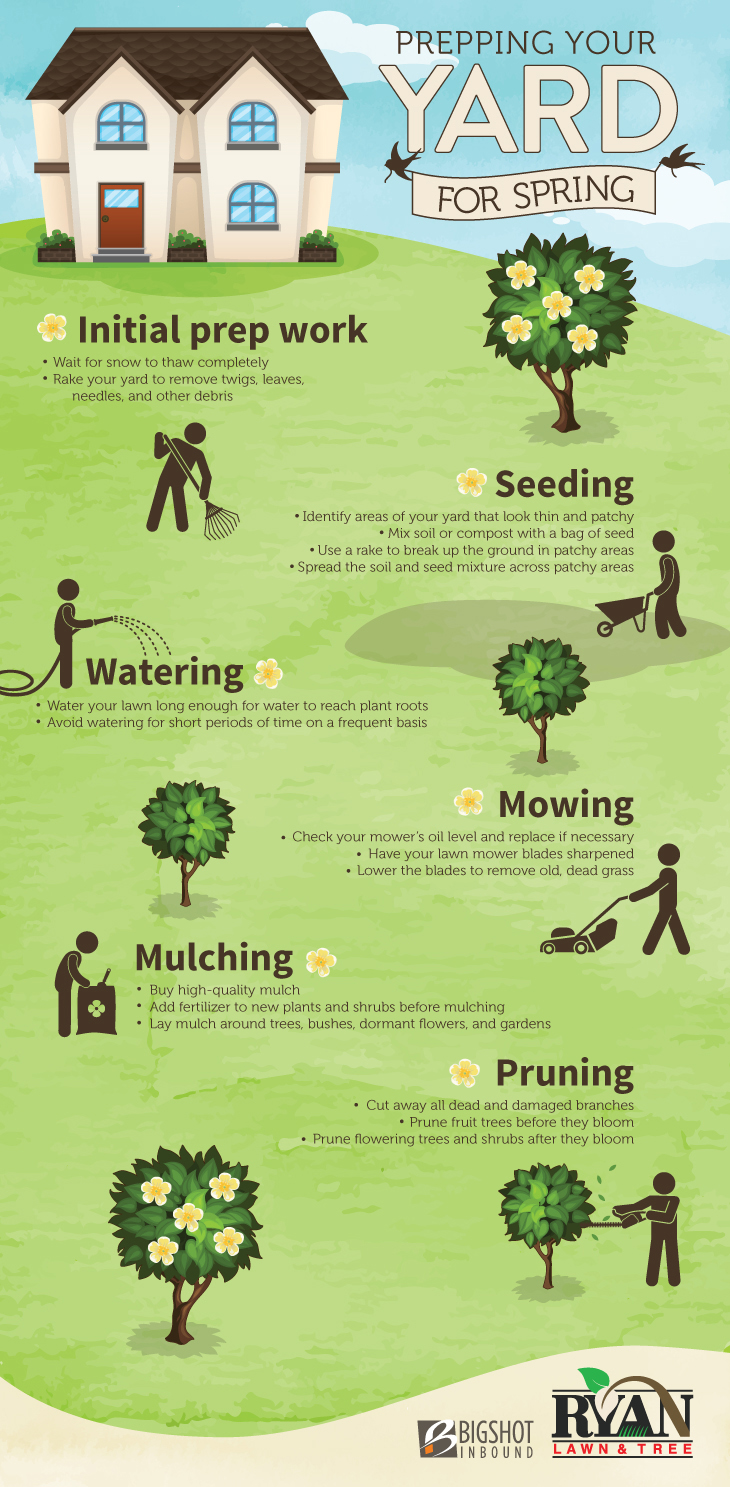Signs It's Time For Tree Elimination: How To Recognize Harmful Trees
Signs It's Time For Tree Elimination: How To Recognize Harmful Trees
Blog Article
Material Author-Reid Malling
When it pertains to tree treatment, acknowledging the indications that it's time for removal is essential for your security and residential property. You may observe blemished leaves, wilting branches, or weird fungal growths showing illness. you can try here , like a significant lean or splits in the trunk, can additionally present dangers. Understanding these indication can assist you make notified decisions regarding your trees and protect against potential risks prowling in your lawn. What should you try to find next?
Indications of Decay and Condition
When you discover indications of decay and condition in your trees, it's critical to act promptly. Seek discolored fallen leaves, wilting branches, or unusual developments like fungi. These can suggest that your tree is battling.
If you see splits in the bark or soft, mushy timber, these symptoms recommend inner decay. Additionally, an unexpected boost in insects around your tree can signify that it's compromised and susceptible.
Check for any kind of dead or passing away arm or legs, as they position a danger to your property and safety. If you doubt about what you see, speaking with an arborist can supply clarity.
Resolving these indications early can save you from more extensive damages and ensure the health of your lawn. Do not wait until it's far too late.
Structural Instability and Leaning
As you observe your trees, watch out for any type of indicators of structural instability or leaning. If a tree leans dramatically, it may indicate that the origin system is endangered.
Try to find any kind of fractures in the trunk or soil around the base; these can signify possible failing. Furthermore, check for uncommon development patterns, like an uneven crown, which may recommend that the tree is having a hard time to hold itself upright.
If you notice that the tree favors your home, high-voltage line, or various other structures, it postures a higher risk. Do not disregard these indications-- consult an arborist to examine the scenario.
Acting early can protect against costly damage and ensure your safety.
Dead or Dying Branches and Foliage
If you see dead or dying branches and foliage on your tree, it's a clear sign that something's wrong.
https://www.nytimes.com/2019/11/16/us/solitary-confinement-washington-state.html can indicate underlying issues like condition, bug infestations, or environmental anxiety. When branches shed their fallen leaves or transform brown, they're no more contributing to the tree's wellness. Overlooking these signs could lead to further decrease, making your tree much more dangerous.
Dead branches can quickly break short during storms, positioning a threat to residential or commercial property and individuals nearby. It's crucial to evaluate the degree of the damages.
If the problem impacts a significant part of the tree, think about getting in touch with a professional. They can aid determine if removal is necessary to guarantee safety and maintain the appeal of your landscape.
Verdict
If you observe any kind of indications of degeneration, structural instability, or dead branches on your trees, don't neglect them. These indications can posture significant safety and security risks to you and your home. It's always best to seek advice from a professional arborist that can provide a professional assessment of your trees. Acting early can stop crashes and pricey damage, ensuring your landscape remains risk-free and healthy and balanced. Bear in mind, it's better to be positive concerning tree treatment than to await a catastrophe to happen.
